Hydration Gear for Camping & Hiking
Dometic GO Hydration Water Jug 11L - Glacier
Don't Pay RRP: $119.00
Oztent Alpine Stainless Vacuum Insulated Bottle - 1180ml - Silver/Black
Don't Pay RRP: $44.99
Oztent Alpine Stainless Vacuum Insulated Bottle 710ml Black
Don't Pay RRP: $39.99
OZTrail Double Wall Stainless Bottle 500ml Ornament
Don't Pay RRP: $39.00
Oztrail Sip n Grip Insulated Mega Mug-Black
Don't Pay RRP: $54.99
Stanley The Quadvac Thermal Bottle - Hammertone Green 20 OZ / .6L
Don't Pay RRP: $154.99
Oztent Alpine Stainless Vacuum Insulated Bottle - 1180ml - Black
Don't Pay RRP: $44.99
Oztent Alpine Stainless Vacuum Insulated Bottle - 710ml - Silver/Black
Don't Pay RRP: $39.99
Stanley The Quadvac NeverLeak Mug - Hammertone Green 20 OZ / 0.59L
Don't Pay RRP: $125.00
Stanley The Quadvac NeverLeak Mug - Hammertone Green 8.5 OZ/ 0.25L
Don't Pay RRP: $85.95
Stanley The Quadvac Thermal Bottle - Hammertone Green 1.5 QT / 1.4L
Don't Pay RRP: $199.99
On an adventurous camping vacation, nothing beats spending time outdoors, but planning ahead is crucial. We not only tell you how to bring water camping, but also how much to pack. In our daily lives, we take drinking water that is safe for consumption for granted. On a camping trip, you'll quickly realise how important water is if you don't carry enough with you. Saving enough fresh water for a camping trip should be a top consideration once again. If you run out of fresh water while camping, your adventure is over and it's time to head back. Fresh water isn't just for drinking. Cooking, personal hygiene, and, of course, water for any pets you bring may all necessitate the use of fresh water. It's important to remember that having too much water is preferable to not having enough. Water will be brought by the vast majority of campers. If you're going "dry camping," you won't have access to fresh water or any facilities for getting it. Instead, you'll be responsible for bringing all of the water you'll need for the journey. So, what's the best way to transport water to a camping trip? How do you do it?
Bottles of water:
This is a no-brainer; everyone knows how useful a water bottle is, yet you wouldn't bring one on a trek. They're an easy way to supplement your onboard water storage, such as a footwell tank. These footwell tanks are great for storage and fit nicely in the back of your car, but they frequently leave the water heated, making it unfit for consumption. Every night, fill your water bottle from the footwell tank, place it in the fridge, and drink it the next morning!
Water Bladders and Hydration Packs:
It's also known as a hydration pack, and it's small enough to slip into a backpack pocket. It folds flat when empty, taking up less space in your pack than bottles. It holds more water than a water bottle and allows you to transport more water. It comes with a convenient over-the-shoulder straw, allowing you to drink without pausing. If you're going tent camping or four-wheeling, you can bring along a large water-filled jerry can, drum, or cube. Water bladders, on the other hand, are ideal for trekking when all you have is a backpack since they fit into narrow spaces better than a rigid and uncomfortable water bottle.
For day hikes of a few hours or less, you'll need about 3 litres per person each day to bring adequate clean water for the journey (or about 250ml-500ml an hour). Take more if it's hot outside, or you'll perspire.
Long or multi-day hikes: You'll need a way to purify water while hiking because you won't be able to carry all of the water you'll need in your pack. More water is available at taps, streams, and rivers along the way.
By purifying the water, bacteria and debris are removed (or it can make you really sick).
Choose a hydration pack with a water bladder that is appropriate for your activities; day hikers, backpackers, and climbers will require approximately 2-3 litres. Examine your route and campsites ahead of time to see whether there are any water sources and whether or not the water is safe to drink. This will help you calculate how much you'll need. If you want to know if the water is safe to drink, contact the campgrounds. Instead of taking a chance, cleanse it if you're unsure. If you fall ill, it's always better to be safe than sorry. If you're going on a hike, bring a water filtering equipment so you'll have plenty to drink if you get lost, injured, or stuck in bad weather.
Tablets and water purification:
On a lengthy hike, you won't want (or be able to) carry all of your water. You'll need to purify the water you collect along the way to ensure it's safe to drink. Even clear water can contain a virus or bacteria that can make you sick. There are several different ways to filter water. Boiling water is a quick and easy way to kill almost all bacteria. It does, however, necessitate the use of tools such as a stove, gas, ignition, and a pot, which is a lot of equipment for just filtration. If you're going on a multi-day hike, you'll need a stove and fuel anyway (though you'll need extra fuel for cooking and purification). It's fine for camping, but not for long excursions where you want to carry the least amount of gear feasible.
Silver ions and chlorine can be used to filter water and kill harmful microbes. They're compact and easy to operate, but they can take up to 30 minutes to get started. Wait for half an hour before drinking this cleansed water (to be sure the bacteria is all gone). You may perceive a slight chlorine flavour when drinking the water. You'll need to filter leaves and dirt separately because sediment isn't eliminated. You can also cleanse your water with water purification pills (available in light packs). Put one in your bottle and it will take care of the rest.
Why shop with Outback Equipment?
-
We’re Australian owned and operated – We’re based right here in the south of Brisbane. If you ever need help with an order or a product, you can call straight through to our friendly local team.
-
Plenty of payment options – You can pay via PayPal, MasterCard, Visa, zipMoney, Afterpay, and direct deposit – whichever is most convenient for you.
-
Delivered to your door – You don’t have to worry about darting across town to grab your order. We deliver your goods straight to your door to save you time and energy.
Order Your Hydration Packs & Water Bottles Today
Stay in complete control of your health. For the best Water Storage and Water Bottles Australia has to offer check out our online store today!





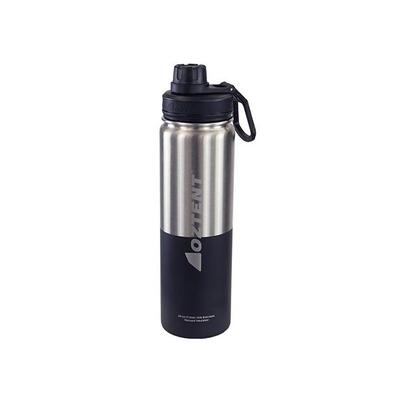
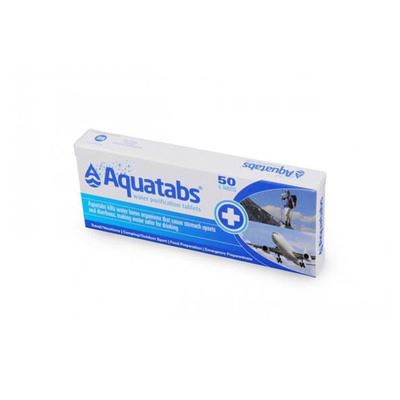
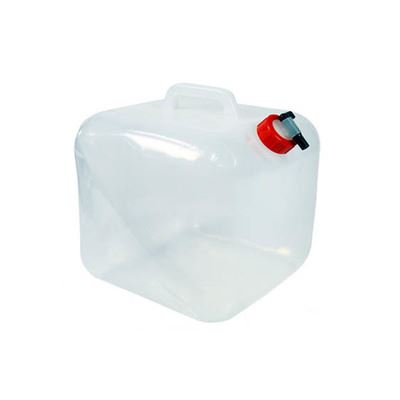
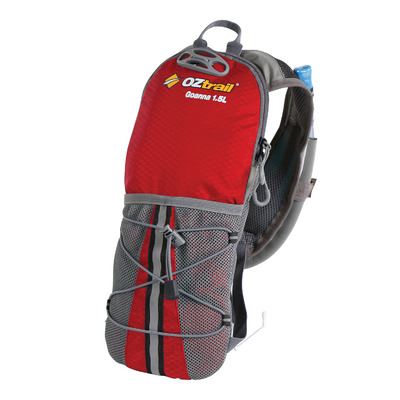
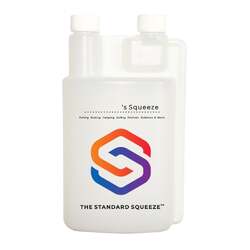

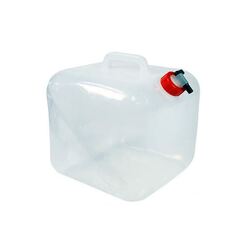
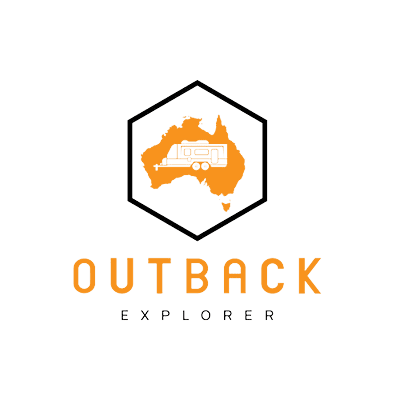
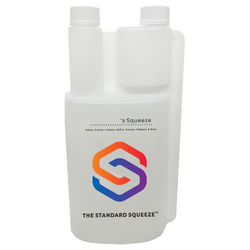
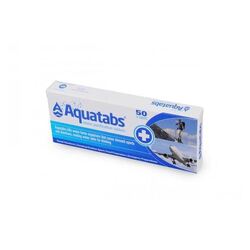
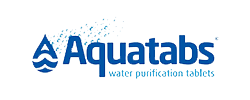
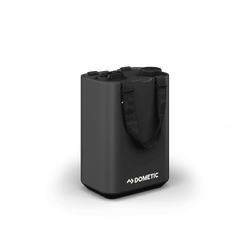


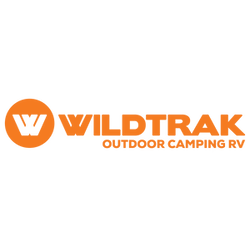
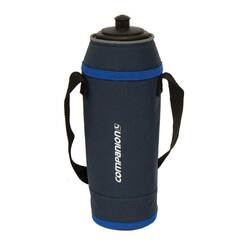


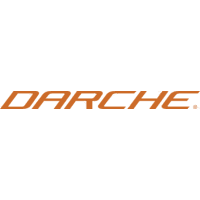
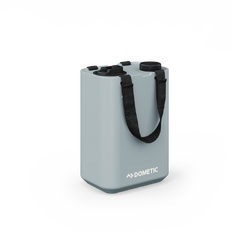
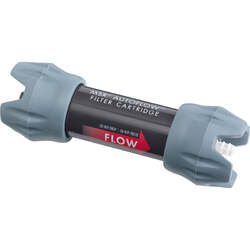
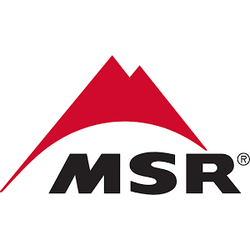
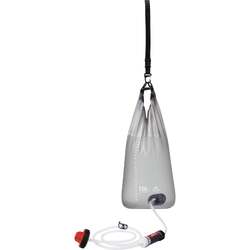
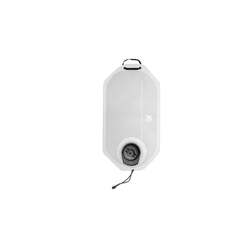
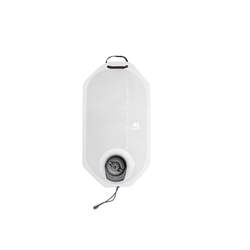
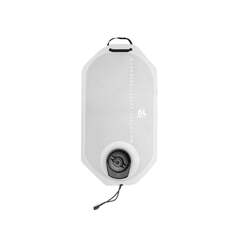
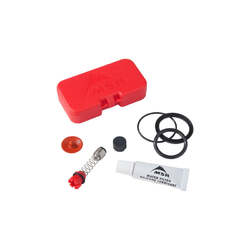
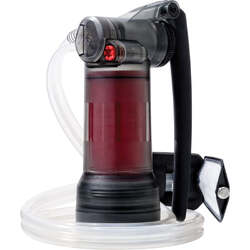
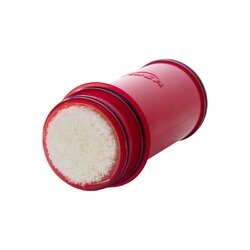
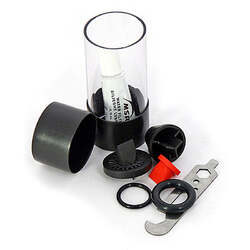
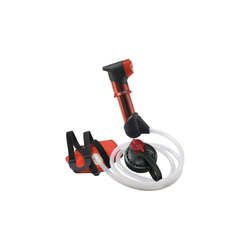
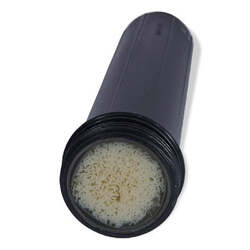
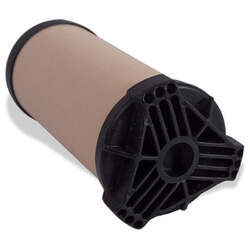
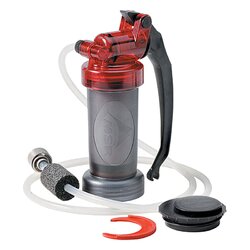
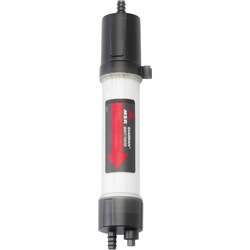
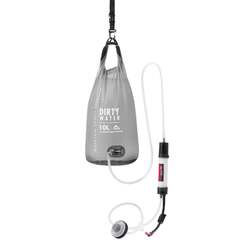
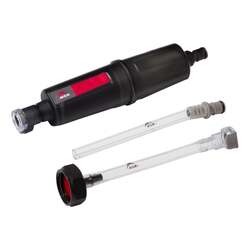
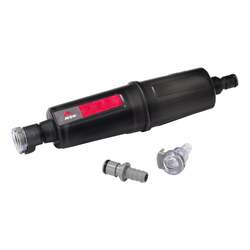
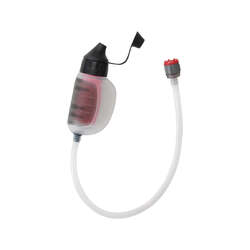
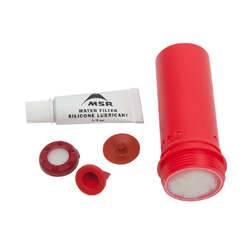
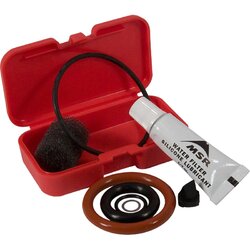
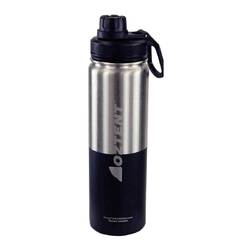

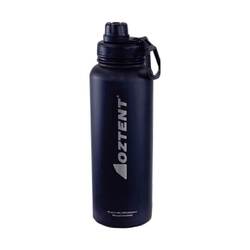
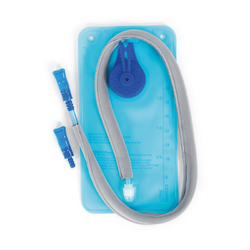

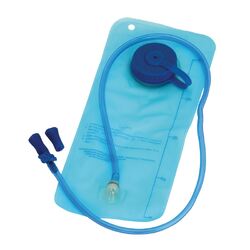
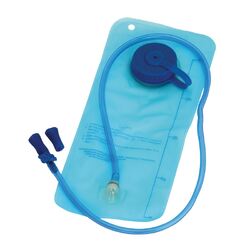
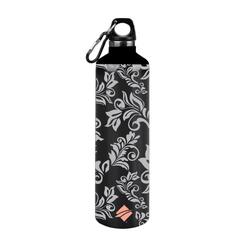
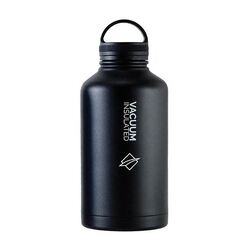
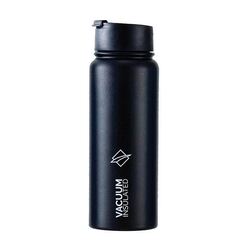
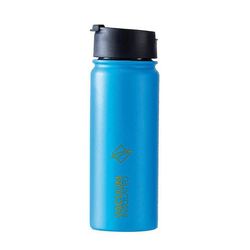
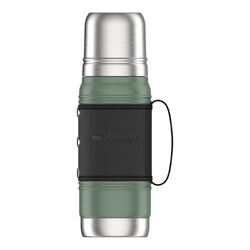
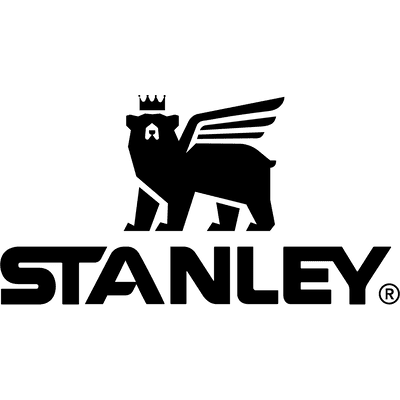
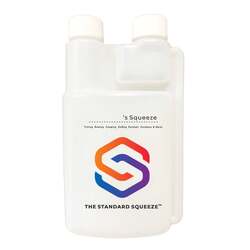
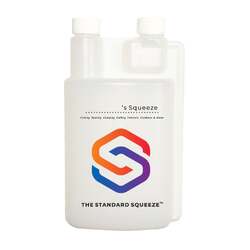

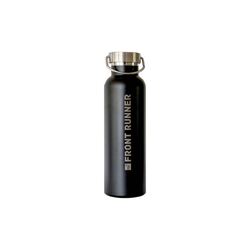

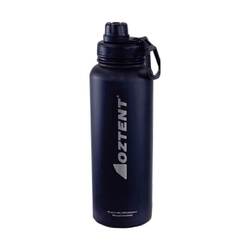
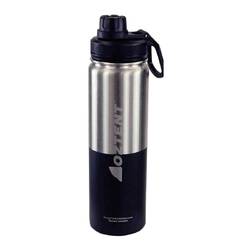
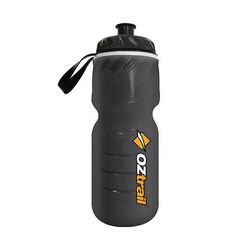
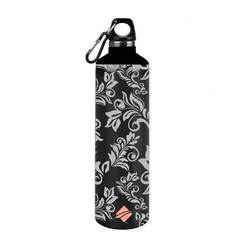
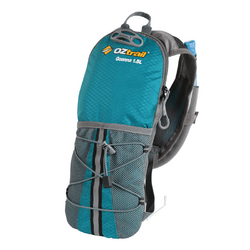
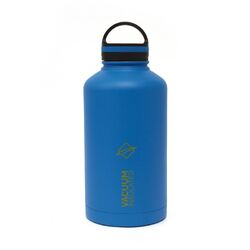
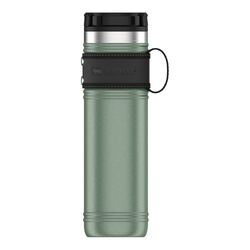
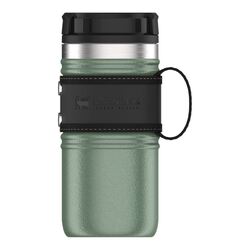
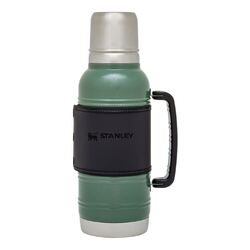
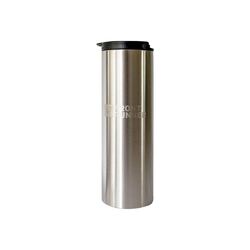

.png)